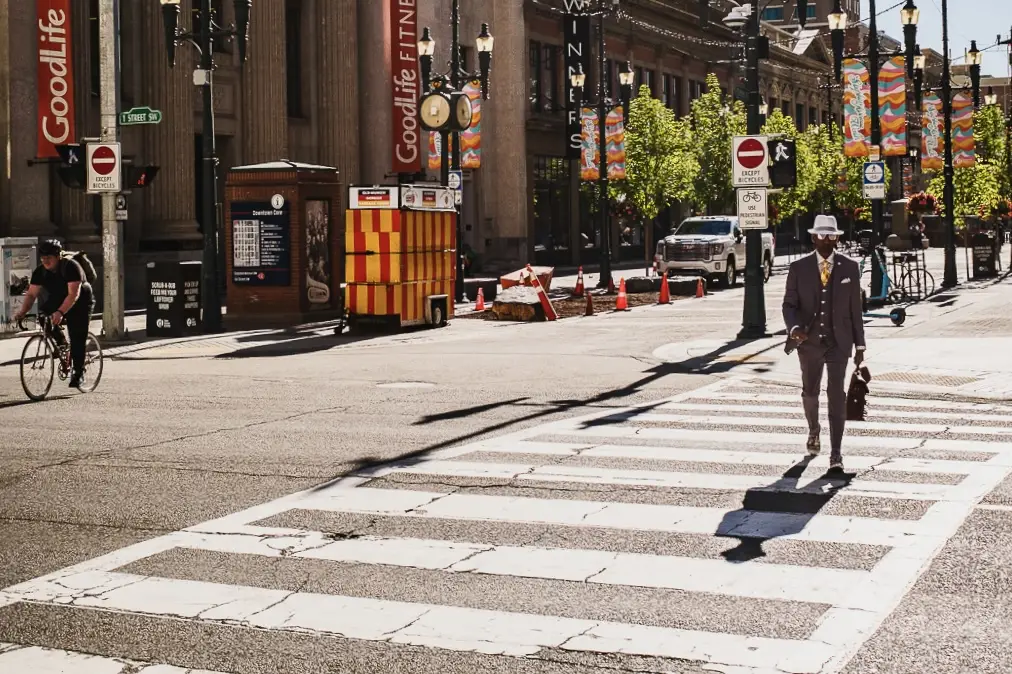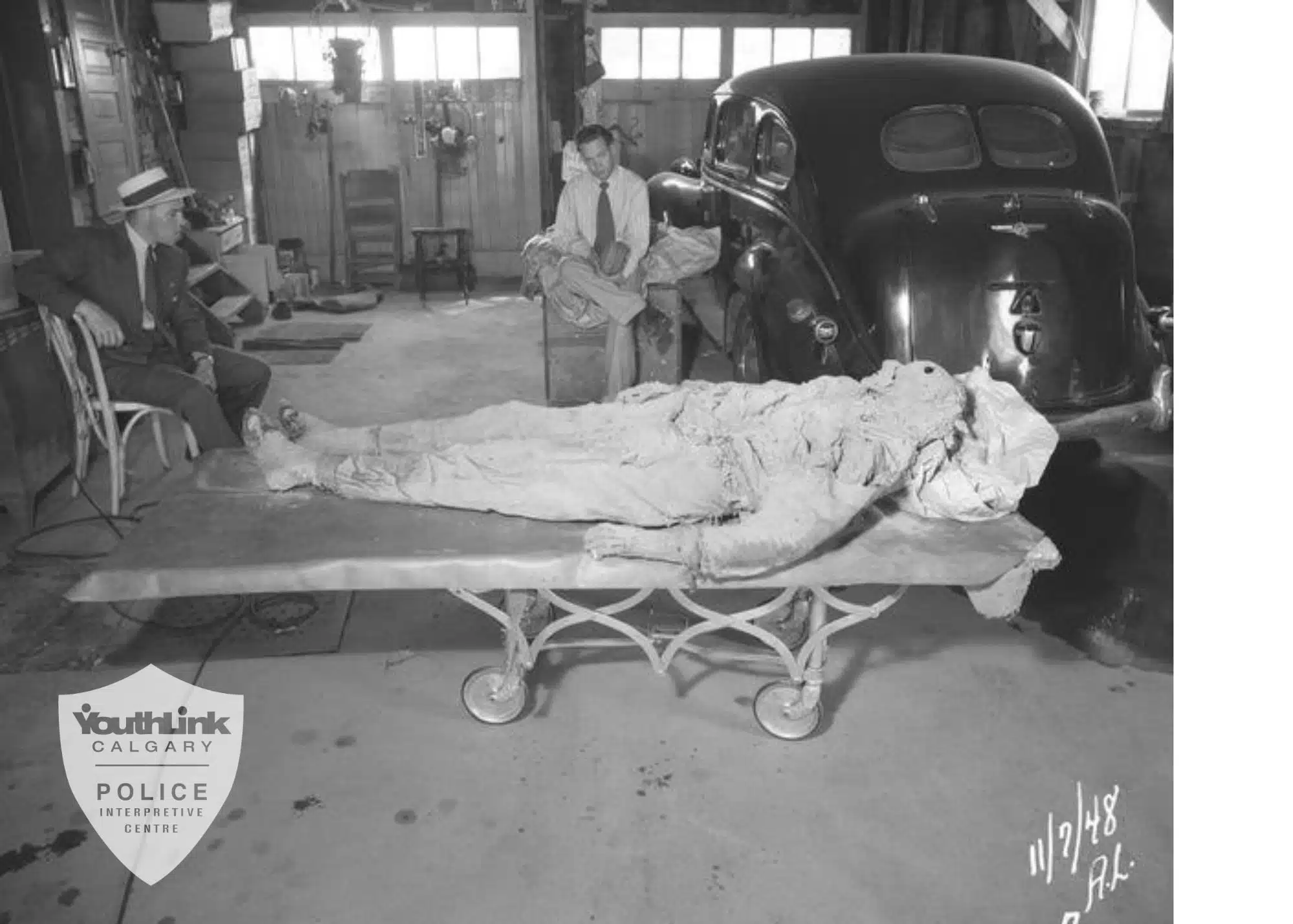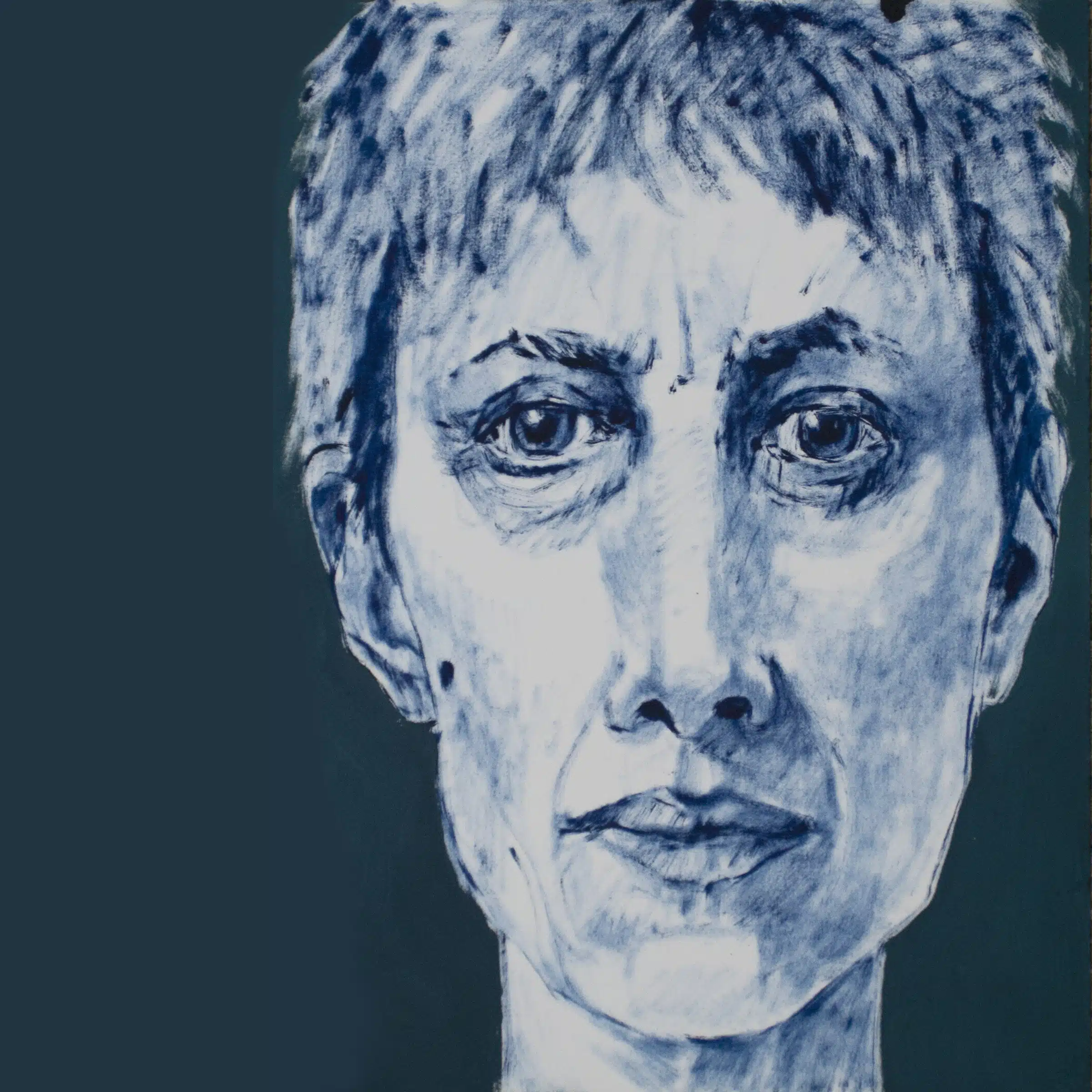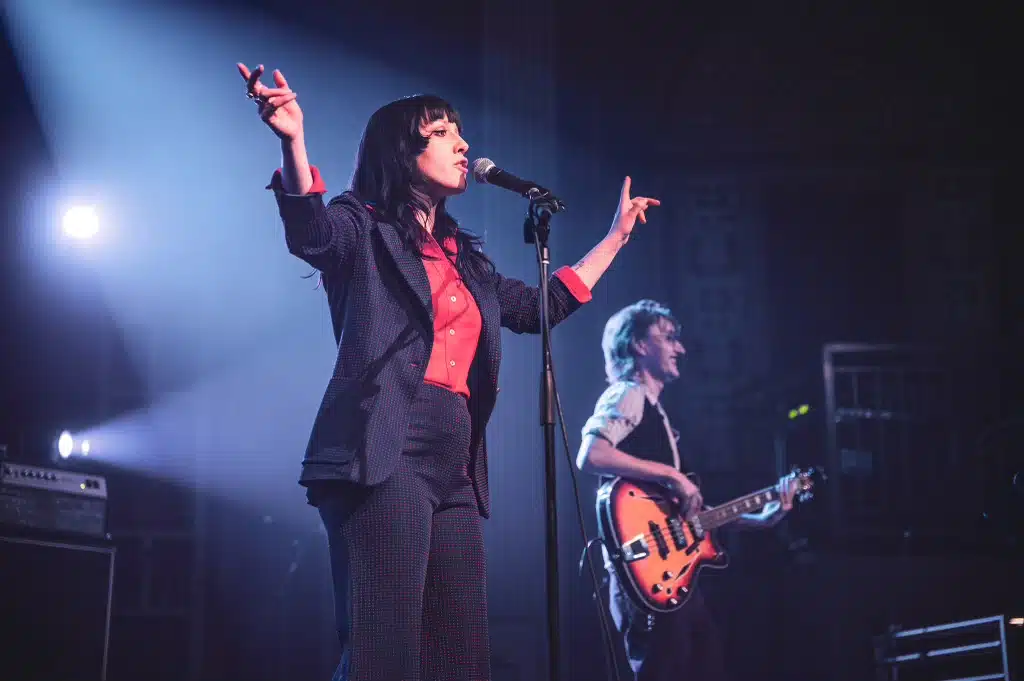I create as I move. Realizing that most of my songwriting occurred during walks rather than at the piano prompted me to consider what other actions helped me create. Before I knew it, I had a lengthy list and more kept coming. The list became the first draft of a book, which shares the same name as this column, How We Create. The draft began with one word: walking.
Many of my favourite composers wrote as they walked, some of them endlessly and obsessively. Beethoven, Brahms, Tchaikovsky, Mahler and in particular Erik Satie, who’d get drunk in the Montmartre district of Paris and then walk 10 kilometres after he’d missed the last train back to his suburban home in Arcueil. Go find his stunning piano pieces, Trois Gymnopédies and tell me you don’t hear the lazy pace of a drunkard returning home from the bar.
The act of walking out my door and returning later from a walk places me within the context of the space between things. A walk is never about being in a place. I am between point A and point B. I leave, I come back, and somewhere in there, the anxious chatter ceases, and I begin creating. When I am between Point A and B, I’m in between nothing and something. This is the space where I create.
“When I am between Point A and B, I’m in between nothing and something. This is the space where I create.”
The ways we move our bodies can support our creativity. This need for physical movement as an artistic practice is shared by many artists. Kari McQueen is a visual and media artist who walks, bikes, and swims, asserting that these activities are meditative. That quiet space is conducive to creativity.
“There are so many great and different ways for meditative experiences,” says McQueen. “And I agree that the quieting of the mind, and centring, really helps creativity. Presence in the moment.”
My mind is a mess most of the time. My thoughts are so achingly loud, it has been my life’s work to run from them, dull them, quiet them. Replacing frantic analysis of every thought with presence through physical activity gave me a path forward that, yes, I walked upon.
Shumaila Hemani is an Alberta-based Sufi singer-songwriter and Ph.D. holder in Ethnomusicology who recently celebrated the release of her memoir, Writing in the Wound: Acculturation, Trauma, and Music. In it, she unpacks her journey back to her own musical expression after leaving Harvard burnt out and traumatized. Hemani believes that walking helped her return to her own artistic practice.
“Each step loosens what feels stuck inside, until melody and words begin to flow with the rhythm of my footsteps.”
“Walking has always been a way for me to move through heaviness,” says Hemani. “Each step loosens what feels stuck inside, until melody and words begin to flow with the rhythm of my footsteps. [My song] “Anticipating” was born on a walk through Edmonton, where the act of moving my body opened a path for hope and song. For me, walking and creating art are both forms of survival. They turn pain into breath, silence into voice, and despair into possibility.”
There’s a great report you can find online called Give Your Ideas Some Legs: The Positive Effect of Walking on Creative Thinking by Marily Oppezzo and Daniel L. Schwartz in the Journal of Experimental Psychology. It outlines a straightforward exploration of how walking influenced the creative thinking of hundreds of subjects in three distinct experiments. Highlighting the mind-body connection and summarizing various studies on how walking facilitates the free flow of ideas, this analysis underscores the simple yet effective strategy of walking — or any physical activity — in supporting the creative process.
If I take just one step out my door with the intention of “going for a walk,” even when I don’t want to, one step turns into another, and without even realizing it, I am on a walk. That’s the beginning.
As an artist, I am always afraid. It’s a strange dance to feel so compelled to create yet so afraid that I have forgotten how. Fear that nothing will come. That I will be stopped. That is why only a single note is needed, just like a single step begins a walk. Once it begins, the momentum of a single note and a single step carries on to the next and the next. Soon, a melody is born.



